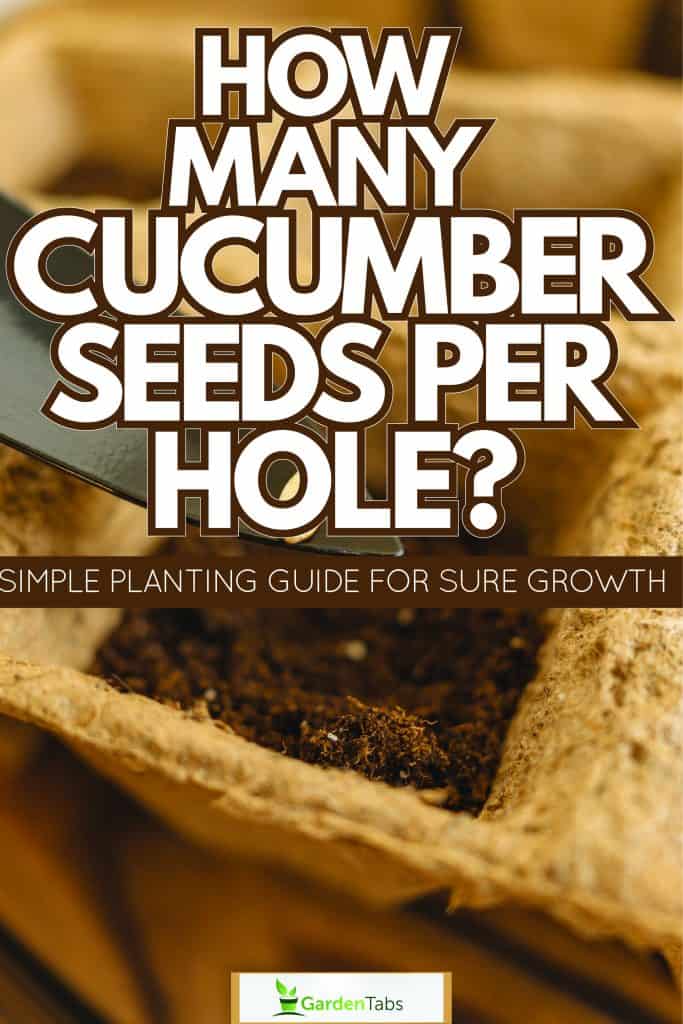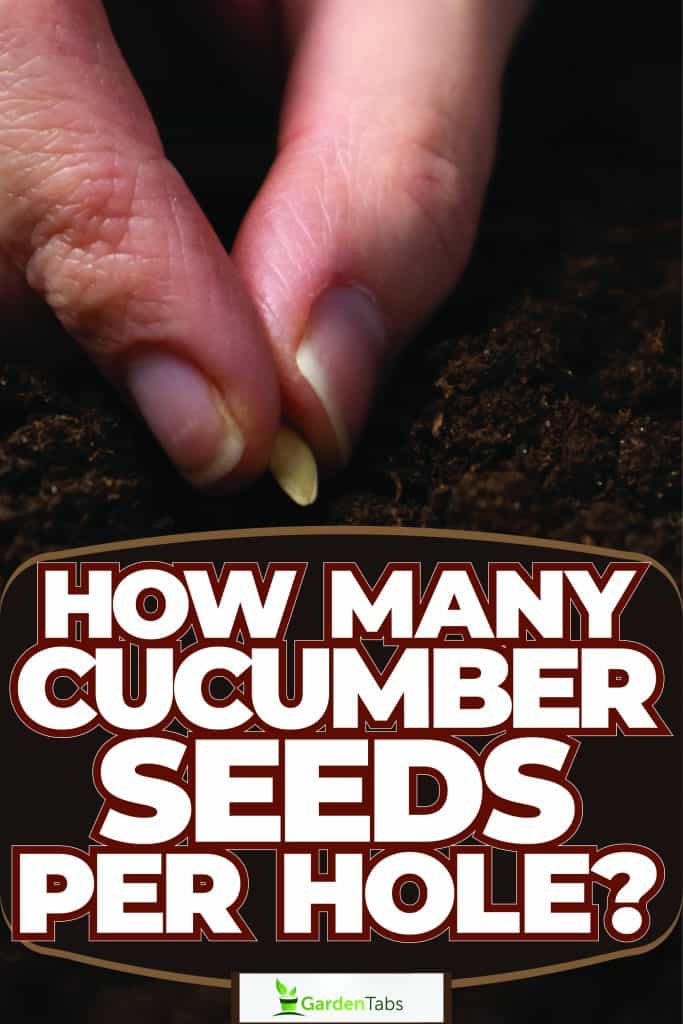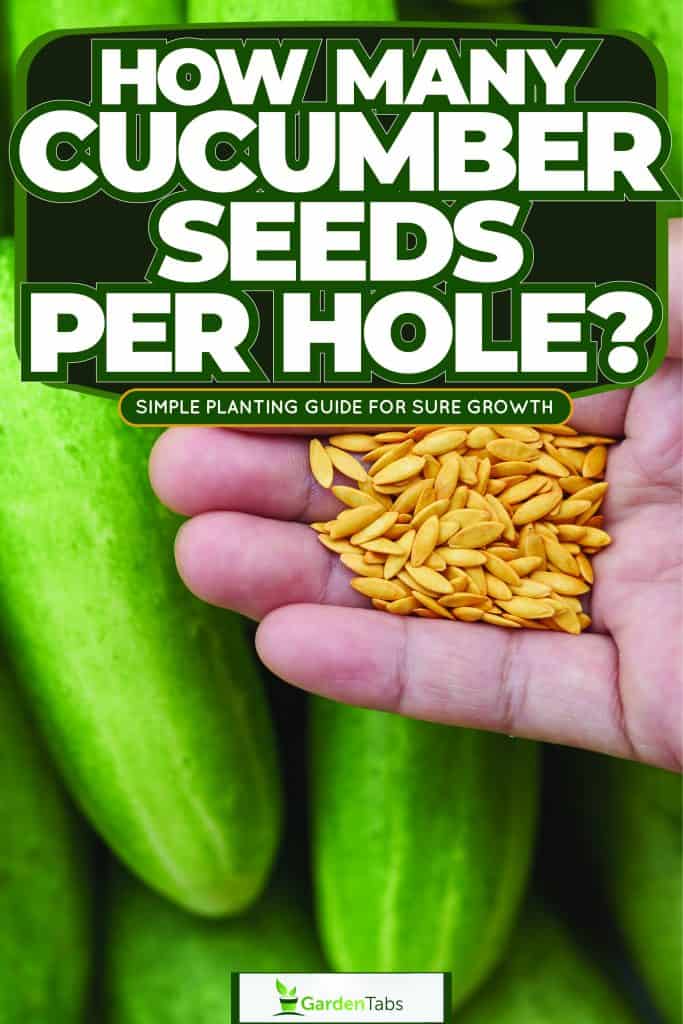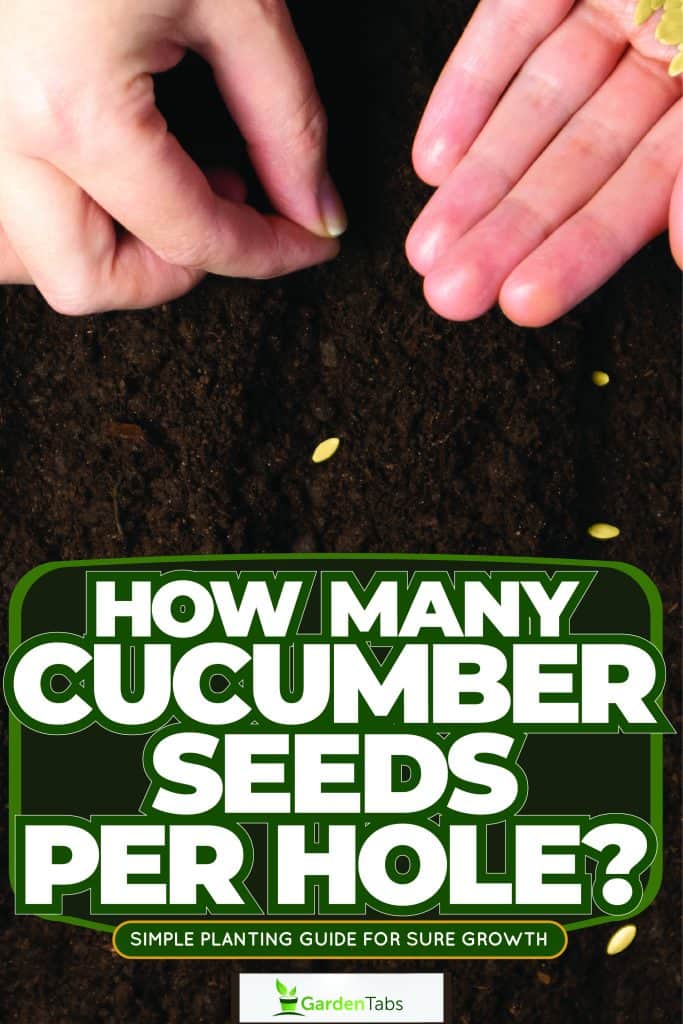Planting cucumbers in your garden can be a rewarding experience, as they are a versatile and delicious fruit.
One important aspect to consider when growing cucumbers is the number of seeds to plant per hole.
Getting the right number of seeds per hole will ensure proper germination and growth, leading to a bountiful harvest.
The general recommendation is to plant two to three cucumber seeds per hole.
Planting this number of seeds will provide each plant with enough room to grow and spread its roots, especially when planting in a raised bed or container with limited space.
It also allows for successful germination and the opportunity to thin out the seedlings later on if needed.
As you prepare your garden for cucumber planting, remember that proper seed spacing and depth are essential for their healthy growth.
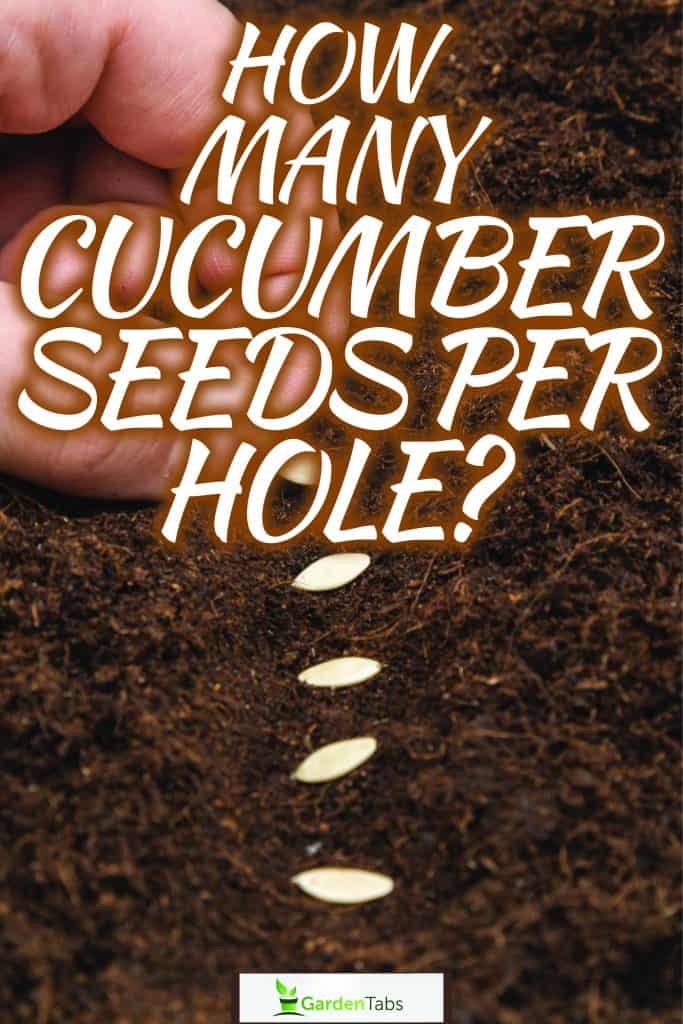
Choosing the Right Seed and Environment
In this section, you'll learn how to select the perfect cucumber seeds and provide them with the best environment for growth.
Types of Cucumber Seeds to Plant
To get started, it's essential to know about different cucumber varieties that can serve your needs. Some popular ones include:
- Kirby Ccucumbers: Great for making your own pickles, these cucumbers typically grow between 3-6 inches long when mature. They have a thick, bumpy skin and are perfect for those delicious pickles you love.
- Baby Persian: Known for their sweet taste and tender skin, baby Persian cucumbers are perfect for those who prefer their cucumbers small and perfect for snacking.
- Lemon cucumber: Unique in shape and color, these cucumbers are round and yellow. They have a mild, slightly sweet taste that's great for adding to salads or enjoying on their own.
Remember to consider your preferences while selecting cucumber seeds, as each variety offers distinct flavors and uses.
The Ideal Location for Planting
Once you've chosen your cucumber seeds, it's important to provide them with the right environment for growth.
Here's what you need to know:
- Sunlight: Cucumbers thrive in abundant sun, so ensure your planting location receives at least 6-8 hours of direct sunlight a day.
- Soil: The soil should be fertile, well-drained, and have a pH of 6.0 to 6.5. You can amend your soil with compost or other organic matter to improve its texture and fertility.
- Spacing: Plant two or three seeds per hole, with plantings spaced 18 to 36 inches apart.
Preparing Cucumber Seeds for Planting
Seed Starting Methods
When it comes to planting cucumber seeds, there are different ways you can approach it.
You can directly sow the seeds into your garden after your last frost when the soil has warmed up to 60°F or higher.
Alternatively, you can start them indoors 4 to 6 weeks before the average last frost date in your area.
Prepping the Soil
To ensure healthy cucumber seed germination, you should prepare the soil well.
Ensure it is well-draining and rich in organic matter. Adding compost or a high-quality fertilizer can contribute to the necessary nutrients for your cucumber plants.
Try to maintain a soil temperature of at least 68°F, as cucumber seeds will not germinate in temperatures below 50°F.
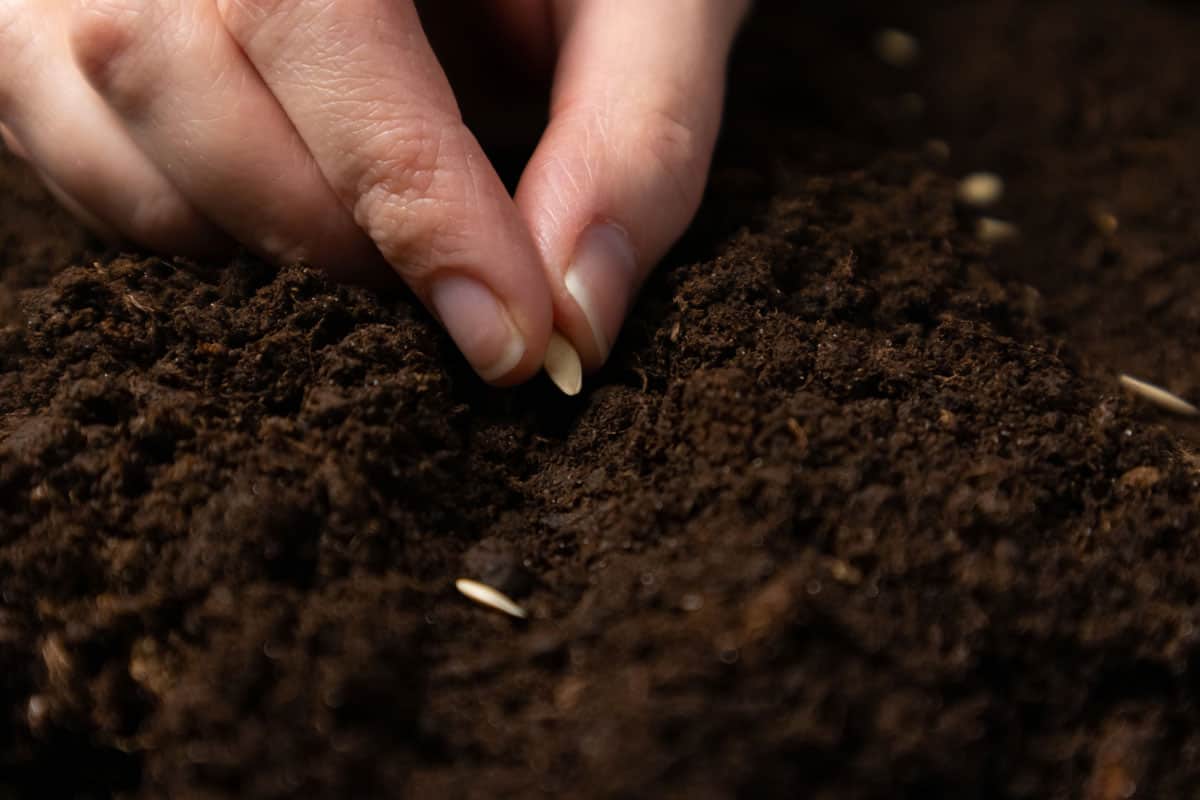
Preparing the Container or Raised Bed
When planting cucumber seeds in a container or raised bed, make sure the soil is properly prepared, just as with in-ground planting.
Raised beds should have well-draining soil mixed with compost and mulch to keep the soil moist.
For containers, choose a pot or planter that is at least 12 inches in diameter and has drainage holes to prevent waterlogging.
Overall, planting one to three cucumber seeds per hole, depending on the size of the seed, type of soil, and climate, is a recommended approach.
This can range from 4 to 6 inches apart in rows or even 2 to 3 seeds per foot if using support structures.
Check out this video on how to plant the seeds in pots:
Planting Cucumber Seeds
How Many Seeds per Hole
When planting cucumber seeds, it's best to sow one to three seeds per hole.
The number of seeds can depend on factors such as seed size, soil type, climate conditions, and the amount of light your garden receives.
Spacing and Depth
To ensure proper spacing between cucumber plants:
- For rows: Plant seeds about 4 to 6 inches apart in rows that are 3 to 5 feet apart.
- For mounds: Create small hills with a diameter of 1 to 1.5 feet and a height of a few inches. Space these mounds 1 to 2 feet apart and plant two to three seeds per mound.
- For support structures: Plant two to three seeds per foot.
Regarding seed depth, plant your cucumber seeds about 1 inch deep into the soil.
Watering and Light Requirements
Cucumbers require plenty of water, especially during germination and their early stages of growth.
Keep the soil consistently moist, but avoid overwatering which can lead to soggy conditions and potential disease.
A good rule of thumb is to water cucumber plants 1 to 2 inches per week.
For optimal growth, cucumber plants need plenty of light. Place your garden in a sunny location, ensuring your plants receive at least six hours of sunlight per day.
If you're planting cucumber seeds indoors, ensure they have access to consistent bright light, and consider supplementing with grow lights if necessary.
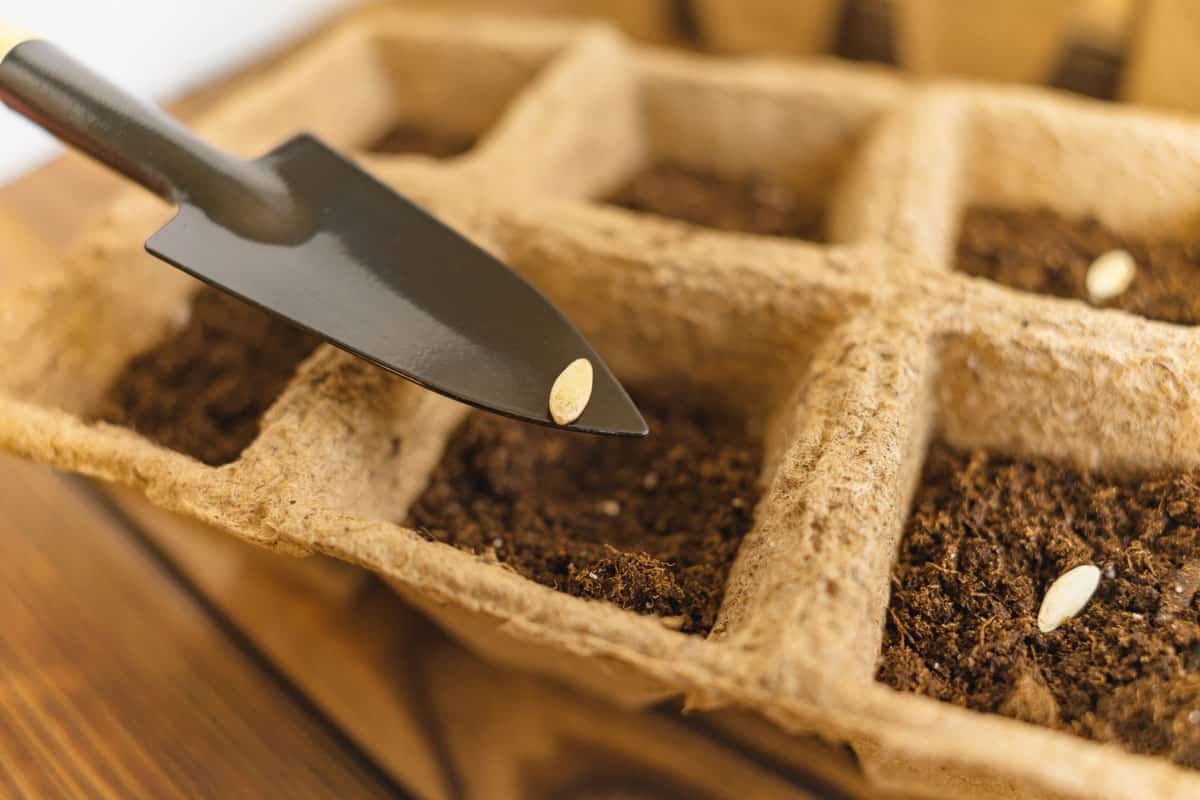
Germination Process and Seedlings
Germination Rate
Cucumbers are known for their high germination rate, with around 97% of seeds typically germinating successfully.
To increase your chances of germination, plant two seeds per hole. This way, if one seed fails to germinate, the other has a higher chance of success.
Once the seeds have sprouted, remove the weaker seedling to avoid overcrowding.
Do Cucumber Seeds Need Light?
Cucumber seeds don't require light to germinate, but they do need warmth. Maintaining a soil temperature between 60-80°F is crucial for successful germination.
You can use a heat mat or place the seed trays in a warm location to keep the soil at the optimal temperature.
Thinning and Transplanting Seedlings
When your cucumber seedlings have developed at least two true leaves, it's time to thin them.
Carefully remove the weaker plants, leaving just the strongest seedling in each hole.
Make sure you keep the soil moist—but not soggy—to avoid damaging the delicate roots.
Once the danger of frost has passed and the ground temperature is consistently above 60°F, you can transplant your cucumber seedlings outdoors.
Before transplanting, gradually acclimate your seedlings to the outdoor environment by setting them outside for a few hours a day, gradually increasing the exposure over a week.
When transplanting seedlings, plant them with the same spacing as when you sowed the seeds two to three seeds per hole.
Remember to plant them about 1 inch deep to provide proper support for their growth.
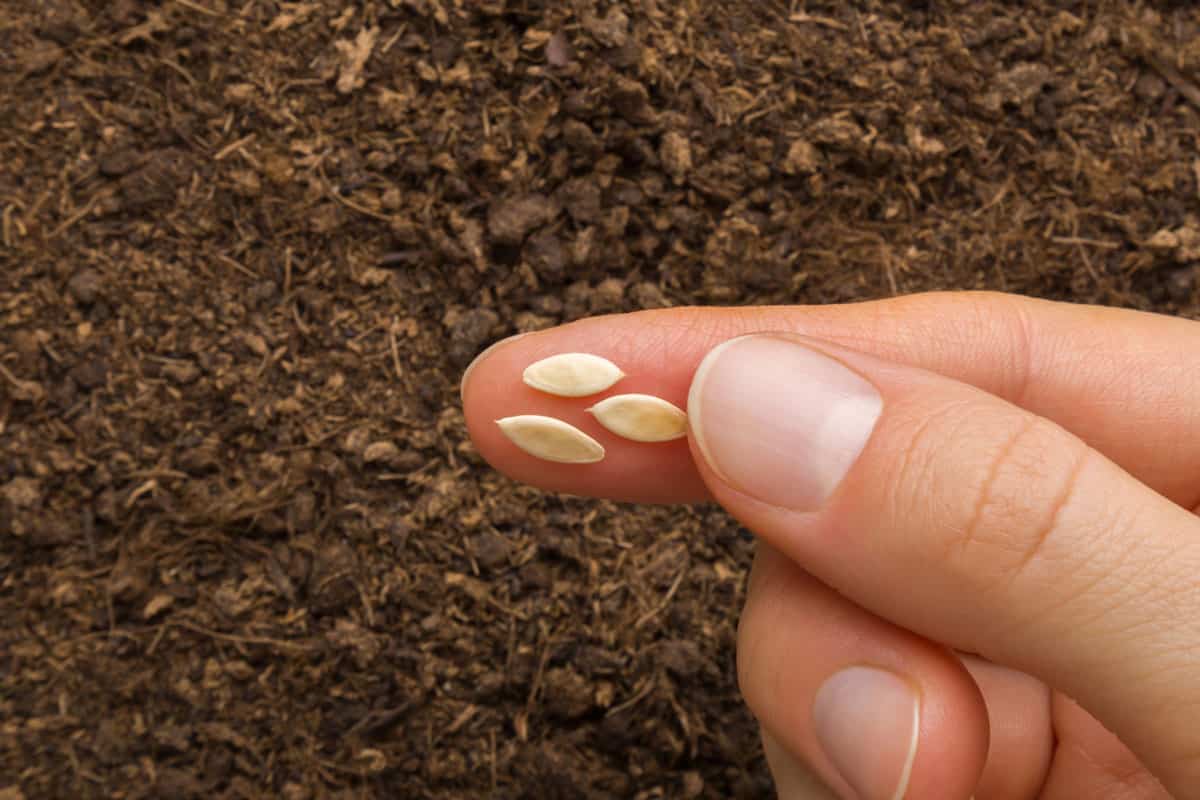
Dealing with Common Issues
Growing cucumbers can come with some challenges. Here are a few common issues and how to deal with them:
- Pests: Cucumber beetles and aphids can damage your plants by feeding on their leaves and spreading diseases. Keep an eye out for these pests and use insecticidal soap or neem oil as needed.
- Diseases: Powdery mildew, downy mildew, and bacterial wilt are common diseases that can affect cucumber plants. To prevent these diseases, make sure your plants have proper air circulation and avoid overhead watering.
- Poor fruit development: Ensure your plants are receiving adequate sunlight and nutrients, and avoid over or under-watering them. If you notice misshapen or stunted cucumbers, it might be due to poor pollination. To encourage pollination, consider planting flowers near your cucumbers to attract pollinators.
Growing your own cucumbers is a rewarding and enjoyable endeavor.
By following these guidelines, you'll be on your way to growing healthy and bountiful cucumber plants in your garden.
And while we're on the subject of growing cucumbers, do check out these other related articles:

